Mineral Collectors Safety
Collecting minerals is like driving. If you do stupid things and make bad decisions, you might get yourself or someone else injured or even killed. It is less painful to learn from mistakes of someone else.
This article cannot come close to describing all the risks involved in field collecting in remote areas or in the use of various tools - we could fill a dictionary-sized book with information and even that would not be complete. Let us instead say it is a brief introduction of the typical things that might go wrong and what you should do to avoid them.
Disclaimer: This is not a step-by-step handbook to avoid all safety issues. MineralExpert.org is NOT providing a comprehensive list of all risks or safety/health issues that could arise in connection with mineral collecting. It is the responsibility of each collector to inform himself/herself of the risks at any given location, and then take all appropriate safety precautions.
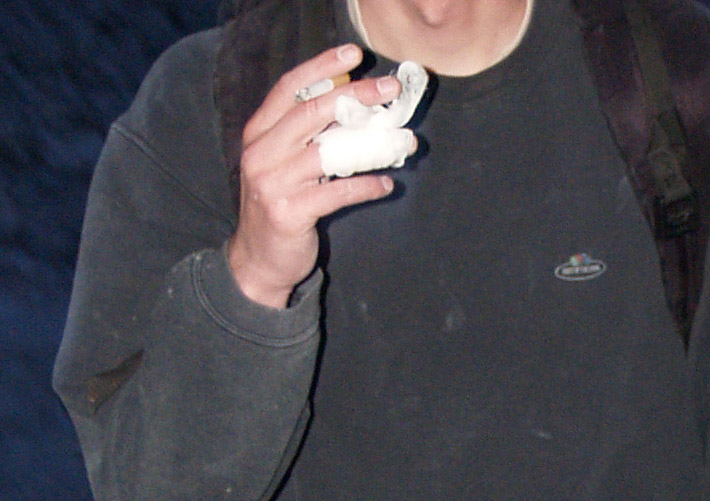
This is an article about common sense. Don't be like the people who pass along the blame and sue others if they get hurt. You are responsible for your decisions. If you do stupid things, there will be consequences - and they will be your fault.
Use your common sense, follow basic safety rules and get advice from the experienced collectors. In the end, we're talking about your health: no amount of money could heal a permanent injury.
It is not about scaring you
I've seen many accidents, and I have been hurt many times - mostly because I was lazy or made rash decisions. And in fact, most of the accidents described in this article have already happened to me. Bad situations happen all the time. It's best to be prepared. Good rockhounding tools and proper outdoor gear and clothes can save you a lot of trouble.
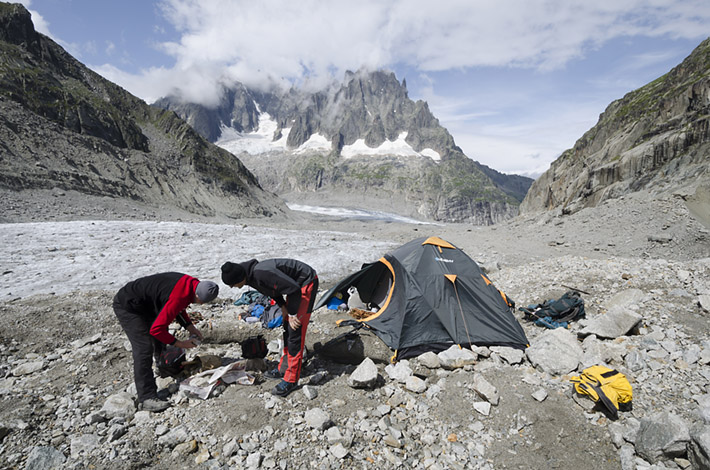
Many situations that might be a horror for an ill-equipped newbie would be a breeze for a skilled and well-equipped field collector. As I said, this article is not about scaring you. It is a brief introduction of what might go wrong and what you can do to prevent it.
Do not go alone
The most important thing - NEVER go field collecting alone. Just an unfortunate combination of factors might result in serious consequences. Better be prepared then sorry. If you break your leg on the street, someone is likely to help you. If you're alone in the middle of nowhere and you break your leg your chances of survival are nowhere near as good.
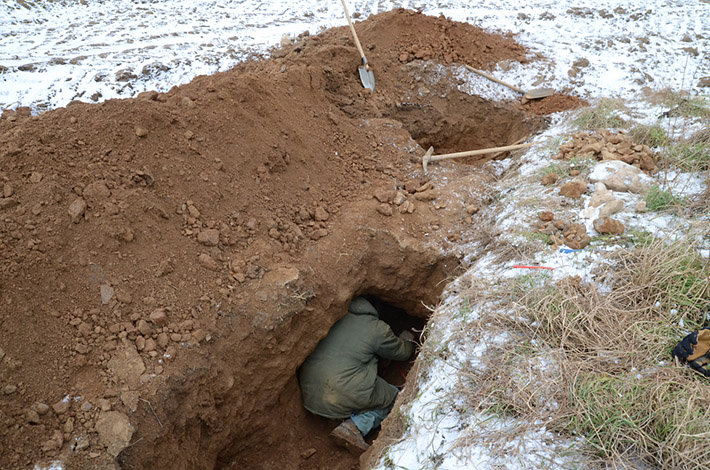
Mineral localities are most often found in quarries, in the wilderness, or in old abandoned mines. These are definitely not a safe places for unprepared and unexperienced persons - and certainly not for ones who are collecting on their own. Going alone into the wilderness or an underground mine is a very stupid idea - even an experienced collector can have a bad day and get hurt!
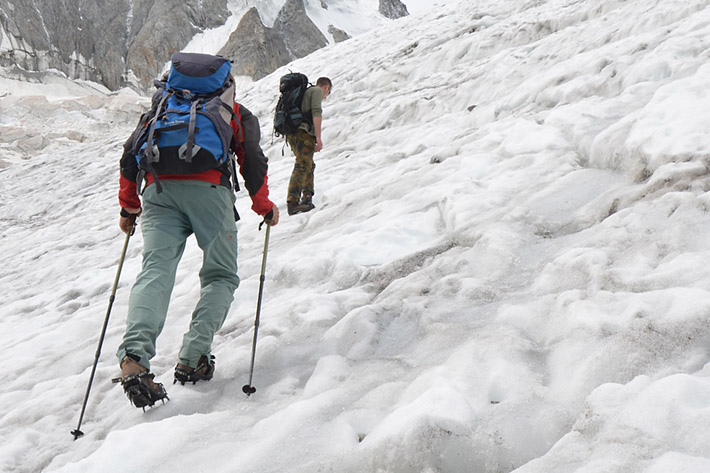
No matter your level of expertease, you should always inform someone about the exact location you're visiting. That way, if something goes wrong and you can't call for help, someone else will know where to find you. It is a good idea to set a time limit - if you do not return or call after the deadline, the informed person will get someone to help you.
Make sure the deadline is not too tight, you don't want to harass rangers or police because you were just an hour late. But also do not give yourself something like 3 days' leeway - you will be dead before someone finds you! And believe it or not, there are STILL many places with no cellphone signal!
Respect the locality
Many localities are located on private property. If you plan to collect on private land, always obtain permission from the land owner first. This preserves the good relationship the land owner might have with other collectors.
It also prevents polite chats with police officers and rangers, paying fines, or even being held at gunpoint. If you are not sure about the situation in a particular area, contact a local club or collector for more information.
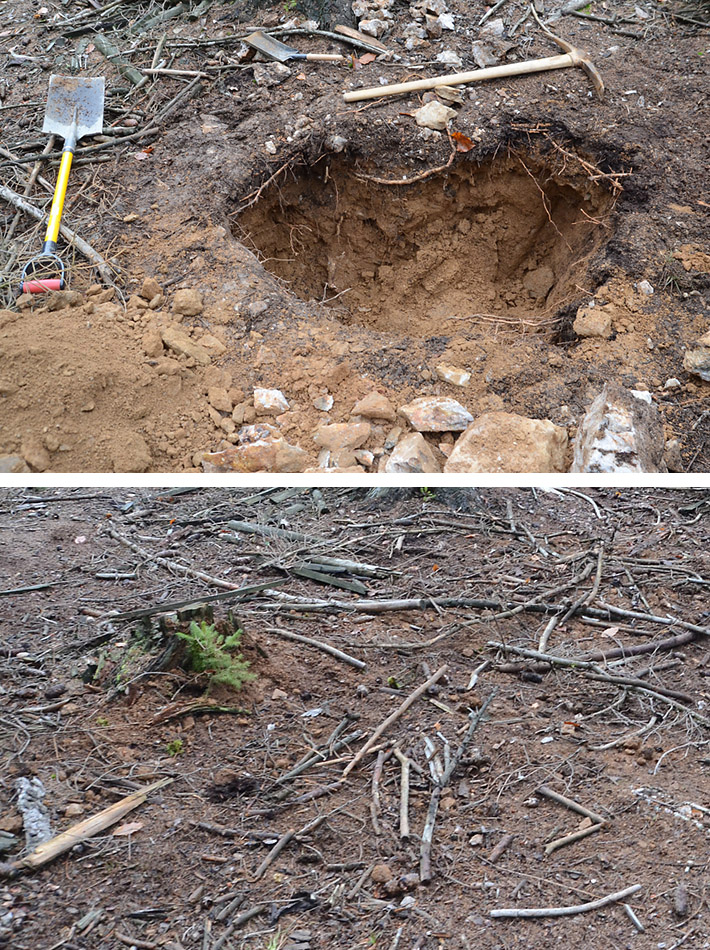
All operating quarries and mines have a pile of safety precautions and regulations. You'll also find a variety of mining tools and heavy machinery at work, sometimes 24 hours a day, 7 days a week. Follow whatever instructions you're given, use common sense, and keep a healthy distance from the big machines!
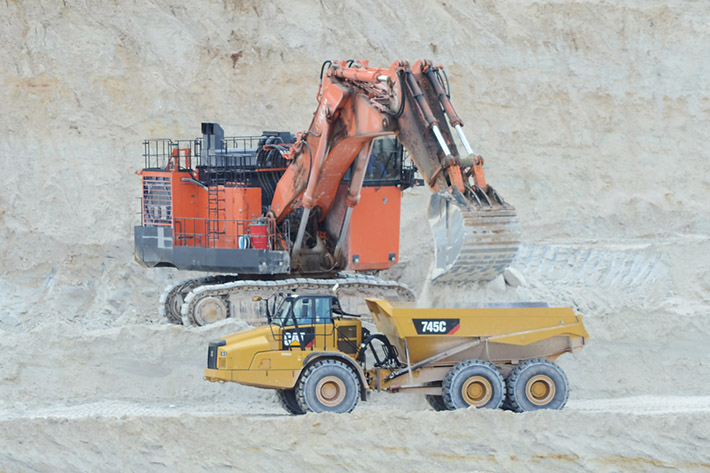
Be prepared
Make sure that you are fully prepared for your collecting trip. Use the proper tools, which are safe and designed to take the punishment dealt out by the zealous collector. Never use cheap junk, which gets broken after 5 minutes of work, usually at the worst possible moment. Make sure you know how to handle your tools properly and always wear safety goggles.
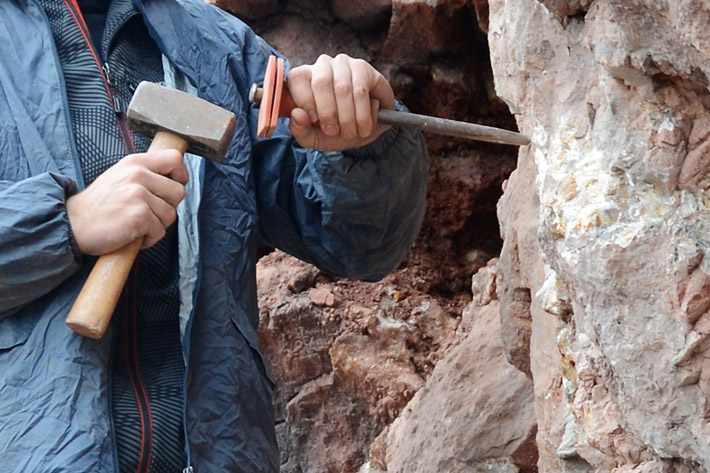
When you strike rocks with a hammer or chisel, sharp pieces fly everywhere! It's up to YOU to make sure nobody gets hurt. If you see someone mindlessly sledge-hammering near you, you'd better move on. Watch out for yourself, too: trimming is less painful if you do not hit your fingers with your hammer.

It is a very good idea to wear sturdy boots, quality work gloves and, if you're digging with anything above you, a hard hat. Sturdy boots prevent twisted ankles and bruised feet.
Good gloves prevent nasty cuts on your fingers. It is very tempting to go into the pocket with your bare hands, but it often hurts a lot. The hard hat is a crucial piece of equipment: even a tiny rock falling from a few meters above can result in a serious blow to your head.
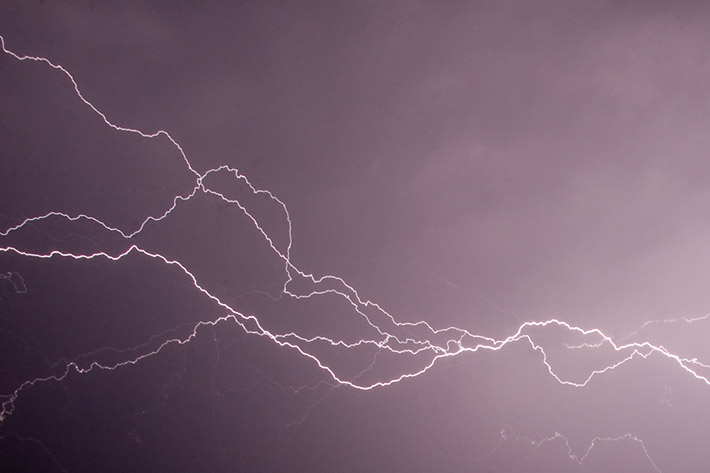
Be sure to get yourself some proper boots and clothes for collecting trips and pack extra (editor's note: especially socks!) for staying warm and dry if the weather gets bad. And no, extra cheap outdoor clothes from supermarket sale are not the best idea!
Don't forget to also pack some water, food and a well-stocked first aid kit. It is a good idea to have a cell phone, GPS and/or map, and a reliable headlamp. Getting lost is easier than you think it is. And finding a crystal pocket at the sunset is almost a rule - that is why the headlamp is handy.
Into the wild
Many mineral localities are located in the wilderness. Driving or hiking there requires some outdoor skills and proper gear. Packing for such trips strongly depends on many things like climate, weather, distance, trip length, required tools and special gear. It is a topic for a few books to cover all the important things.
You should get some advice from experienced collectors if you are new to this. There are also numerous forums, websites and books dedicated to hiking and survival in every possible area. Educate yourself, it will save you a lot of discomfort later.
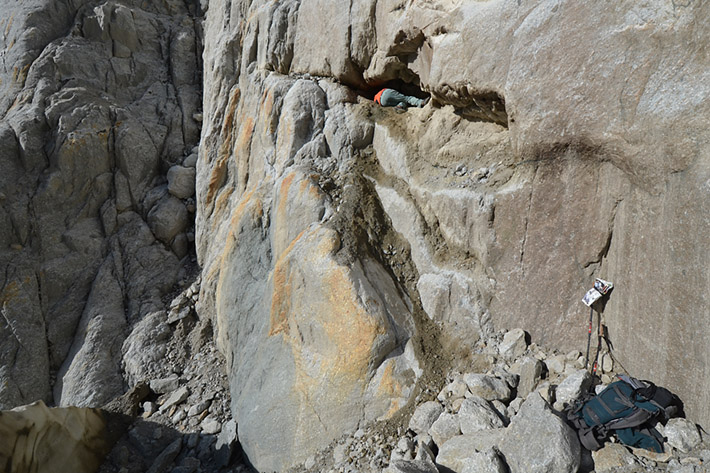
If you drive into the wild, always have a sleeping bag, extra clothes, headlamp, knife, safety matches and first aid kit in your car. A shovel is also highly recommended. You should have a functional spare tire and necessary tools to replace it. Going offroad requires a proper car and some experience. Getting stuck is easy, getting out might be a very different story.
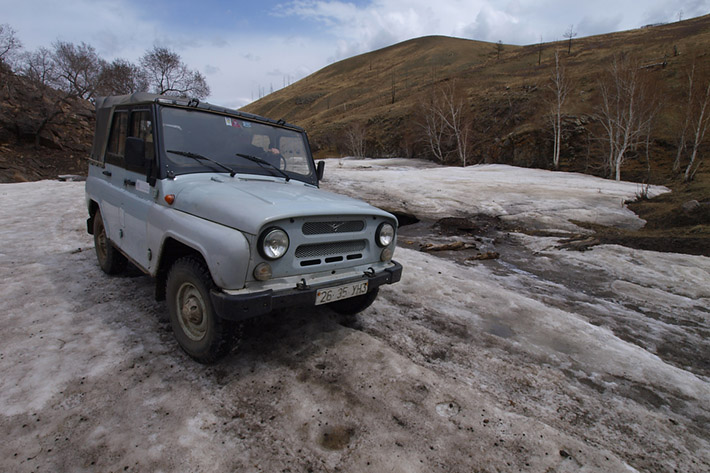
If you hike, pack some extra clothes even in the warm weather for one day hike. Weather is apt to change quickly, or you might get injured and end up staying overnight. Hypothermia is more likely to kill you than bears, venomous creatures or other horror movies stuff. Make sure you have quality and reliable backpack and boots, enough clothes, safety matches, headlamp, first aid kit, knife, water and some snacks.
Underground collecting
Collecting in the both active and abandoned underground mines is extremely dangerous for unexperienced person. You alway must have a hard hat, quality headlamp and extra light source and batteries. In an active mine you will have a guide but you should always get as much information from them as possible about the route you are taking and the location of escape routes.
Most undeground mines have a stable temperature about 8 ºC and dust, mud and water are often present. Some special equipment is often needed, most mines provide the safety gear, hard hats and lamps. Boots and clothes are sometimes provided too.
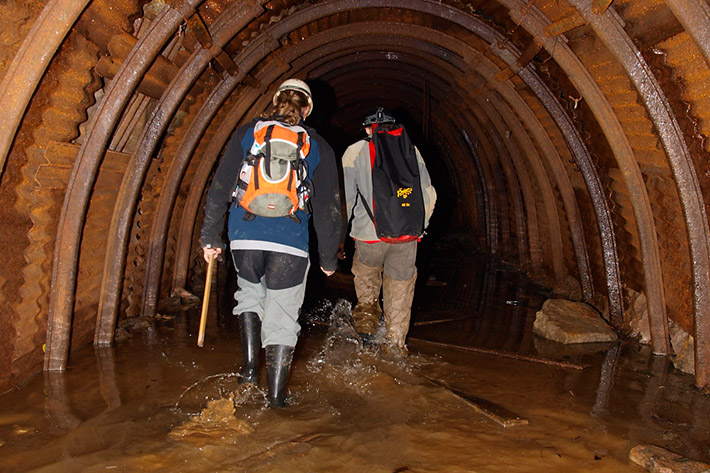
Going into unknown abandoned mines is extremely dangerous and only very experienced, properly trained and well equipped collectors can do this. It is also illegal in most countries. An inexperienced collector may not be able to evaluate the stability of the ceiling and walls or the quality of the ventilation.
Some abandoned mines contain very little oxygen: you might find CO2 pools or even deadly gases like CO, methane, stibane, radon and others - and that would be the last thing anyone might hear of you!
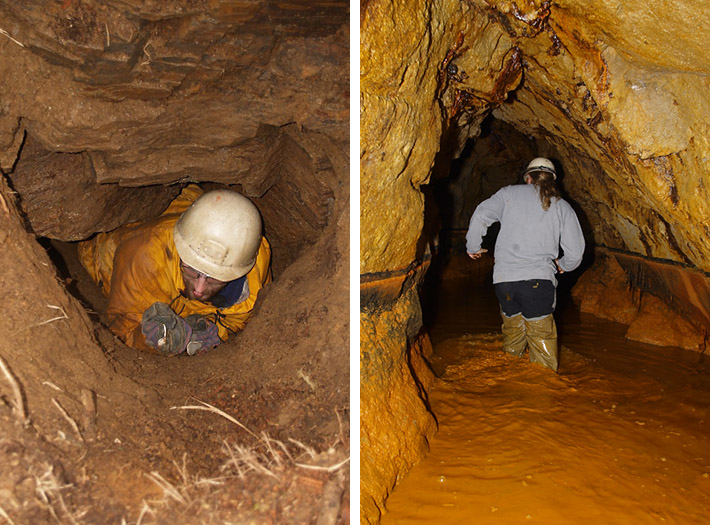
Other common issues include rotten ladders, hidden shafts, deep water and many other serious hazards. A small and stable 50 m long abandoned adit might be a piece of cake. An abandoned mine with a few levels and a couple kilometers of adits, full of water, mud, rotten stuff, unstable rocks and low oxygen is a very different environment. Exploring such mines is definitely not recommended at all!
Mineral hazards
Even minerals themselves can produce many risks. Both mineral field collecting and various mineral cleaning procedures might produce various hazards.
Some minerals (particularly quartz) can produce very sharp crystals and shards, which easily translate into quite painful cuts. Some others (like wollastonite, sillimanite, actinolite or chrysotile) produce tiny sharp needles which irritate or pierce the skin and can be dangerous when you breathe their dust.
These mineral needles often break inside the skin and removing it is not fun at all - it hurts like hell. To avoid such an experience when working with all types of asbestos, use gloves, safety goggles and respirator.
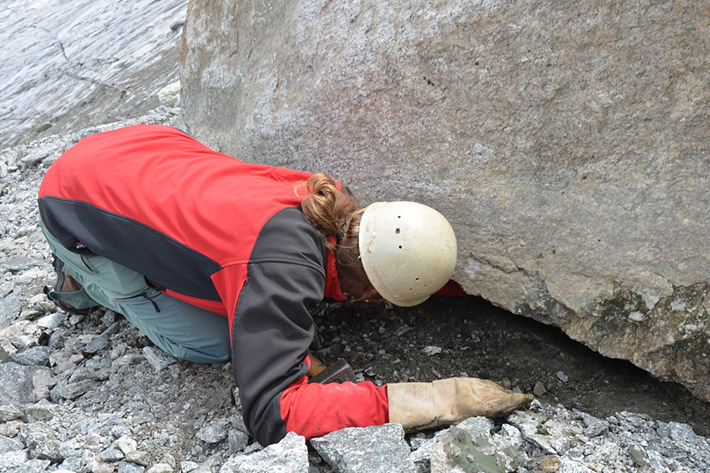
Of course uranium and thorium minerals are radioactive, but there are other, ordinarily non-radioactive minerals (like epidote, allanite and many others) that sometimes incorporate radioactive elements into their structure. Collecting radioactive minerals requires special knowledge about safe handling and storage of such material.
Also keep in mind that crossing any border or using any airport while carrying radioactive material might land you in jail! You do not want to be in the difficult position of having to explain that these minerals you're carrying were just for your collection.
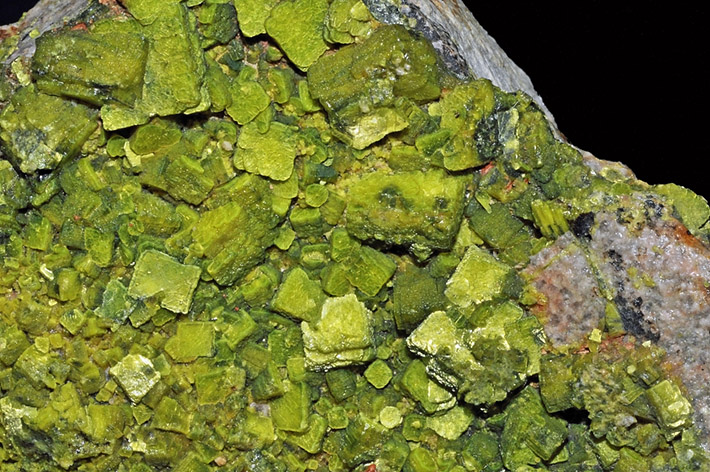
Some minerals are just plain toxic: native arsenic, native mercury, cinnabar (mercury sulfide), greenockite (cadmium sulfide) and secondary uranium minerals.
Despite the overall lack of any stories about collectors poisoning themselves, it's better to not lick such minerals, and be sure to wash your hands after you touch them. When on site, it's best to use gloves and breathing mask to prevent the dust going into your lungs.
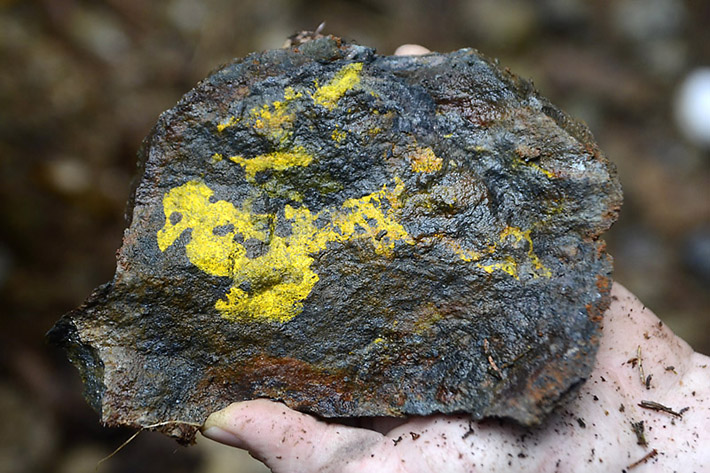
It is an incredibly bad idea to randomly test chemicals on minerals. Pouring hydrochloric (muriatic) acid on pyrolusite produces chlorine gas, which is extremely corrosive and toxic. Concentrated sulfuric acid mixed with fluorite produces very corrosive and highly toxic hydrofluoric gas. Acids can easily leach some toxic elements from their stable mineral forms.
Heating cinnabar produces toxic mercury fumes. For similar reasons, heating arsenic minerals or sulfides is quite a bad idea.
Mixing strong reducing agents (like Super Iron Out) with some organic solvents (acetone, alcohol) or even peroxide may result in fire or even explosion.
In some cases, the common cleaning agents themselves might be a nasty chemicals and require proper handling. Unless trained in chemistry, do not play with strong acids, hydroxides, concentrated peroxide or dangerous solvents. And remember, your bathroom does not qualify as a well equipped chemical lab!





Comments